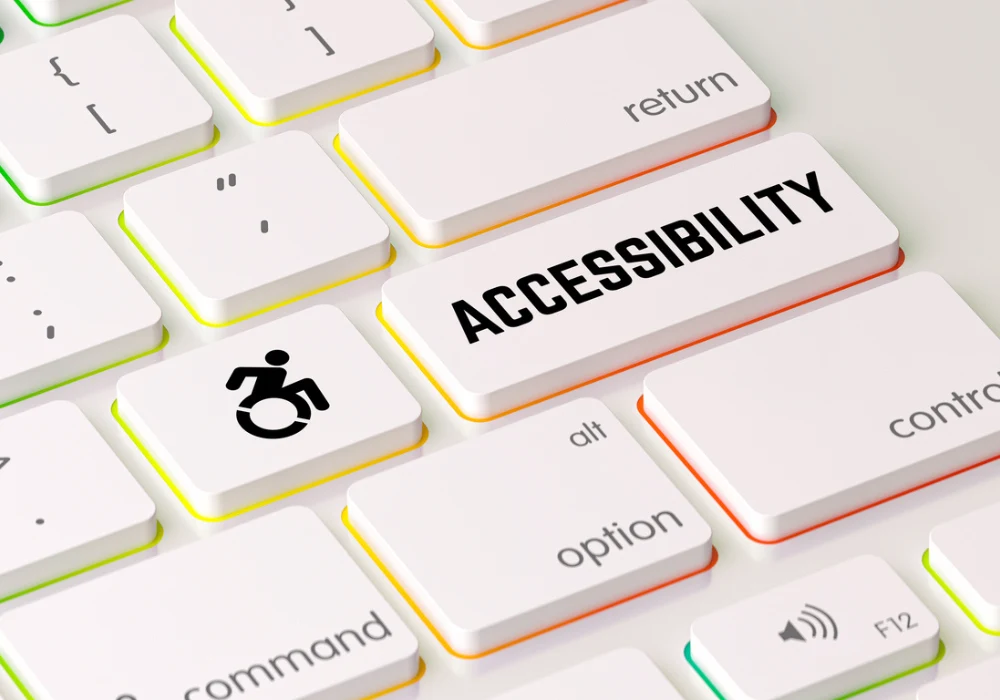With the ongoing transformation of healthcare systems, the ethical imperative to ensure fairness and equity has never been more urgent. While digital innovations offer vast potential—from telemedicine to AI-assisted diagnostics—their implementation risks exacerbating inequalities unless guided by ethical principles. Central to this discussion is the principle of justice, which demands not only equal access to technologies but also the active removal of structural barriers that hinder inclusion. Applying justice to digital health means going beyond infrastructure and recognising the diverse capabilities, needs and social contexts of individuals who interact with healthcare systems.
Clarifying Justice in the Digital Age
The ethical concepts of equality, equity and justice are often conflated but must be clearly distinguished to guide digital health policy. Equality involves giving everyone the same resources, while equity takes into account individual circumstances to ensure fair outcomes. Justice goes further by addressing the root causes of disparity, demanding systemic reform rather than temporary fixes. In digital health, the “digital gap”—caused by varying levels of access, literacy and trust—threatens to marginalise vulnerable populations. This gap reflects deeper structural determinants known as digital determinants of health (DDH), which include access to infrastructure, digital literacy, cultural inclusion and algorithmic fairness. Recognising DDH alongside traditional social determinants allows for a more comprehensive approach to addressing systemic inequalities.
The philosophical underpinnings of justice—from Plato’s notion of harmony to Rawls’ principle of fairness—provide a framework to assess digital health interventions. Rawls’ theory, particularly the “difference principle,” argues that inequalities are acceptable only if they benefit the least advantaged members of society. This perspective shifts focus from merely expanding access to actively designing systems that uplift those most at risk of exclusion. Justice in digital health, therefore, is not just a moral aspiration but a practical necessity to ensure that no one is left behind during technological transformation.
Operationalising Justice in Digital Health Systems
Translating justice from theory to practice involves multiple layers of action across the digital health ecosystem. A one-size-fits-all approach, while seemingly fair, often reinforces exclusion. For instance, providing all users with the same device and internet access overlooks barriers faced by individuals with disabilities or limited digital skills. Equity requires adapting tools and resources to real-world needs, such as offering large-screen devices for the visually impaired or in-person guidance for those unfamiliar with digital platforms.
Justice demands a structural approach. Solutions must address not only surface-level access issues but also the systemic factors that limit participation. Examples include “digital deserts” in rural areas, algorithmic bias in diagnostic tools and low trust in institutions among historically marginalised communities. To counter these challenges, health systems must implement supportive infrastructures such as digital facilitators—professionals who assist users in navigating digital services—and co-create digital tools with input from underserved populations.
Must Read: Addressing Health Inequities with Data Sharing
A structured framework like the Digital Healthcare Equity Framework provides tools to assess and correct disparities at every stage of digital implementation. This includes impact assessments prior to deployment and continuous monitoring of how technologies affect different groups. Justice in digital health must also influence policy design, incorporating DDH into broader public health strategies and fostering cross-sector collaboration. The goal is not just to provide access, but to build systems that are responsive, inclusive and capable of empowering all users.
Digital Health Literacy as a Driver of Inclusion
Among the most powerful enablers of justice in digital health is digital literacy. More than just the ability to use devices, it encompasses understanding, trust and confidence in digital interactions. Unfortunately, digital health literacy is unevenly distributed, particularly among older adults, persons with disabilities and those with limited socioeconomic resources. In the EU, only 28.5% of people aged 65–74 have basic or higher digital skills—a number that drops dramatically with age.
Digital health literacy must be supported by targeted education initiatives for both users and healthcare professionals. Training programmes grounded in ethical principles can empower individuals, while ensuring that healthcare providers are prepared to use digital tools effectively. Co-designing policies and tools with input from vulnerable groups ensures that solutions reflect lived realities and increase acceptance. Programmes like the ProPacient Decalogue, developed collaboratively by end-users in Catalonia, demonstrate the value of participatory design.
Furthermore, international organisations are recognising digital literacy as a policy priority. The WHO’s Digital Health Action Plan for 2023–2030 emphasises capacity-building and literacy enhancement as foundational goals. However, improving digital health literacy cannot be seen in isolation. It must be part of a larger structural effort that includes ethical governance, interoperability mandates and attention to intersectional inequalities. Justice, when applied holistically, positions digital literacy as both a right and a responsibility shared across the health ecosystem.
Digital health holds great promise, but without a clear ethical compass, it risks deepening existing inequalities. The principle of justice provides a robust framework for guiding digital transformation in healthcare. It compels systems to look beyond surface-level equality and address the underlying barriers that prevent true inclusion. From rethinking access models to investing in digital literacy and structural reform, the application of justice must become central to digital health strategy. Only then can technological progress serve its highest purpose: improving health outcomes for all, especially those who need it most.
Source: npj digital medicine
Image Credit: iStock










